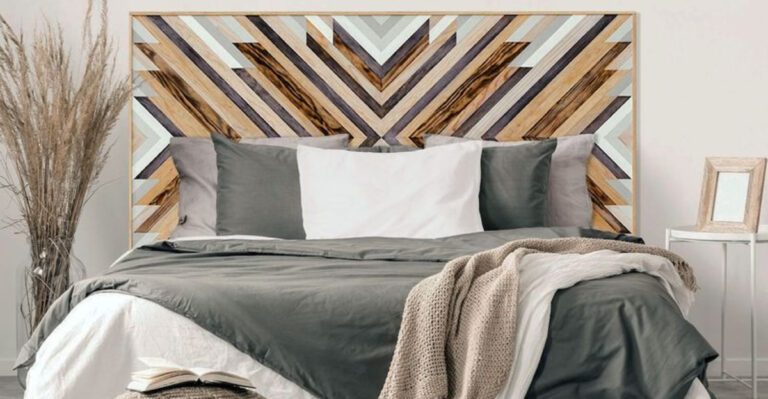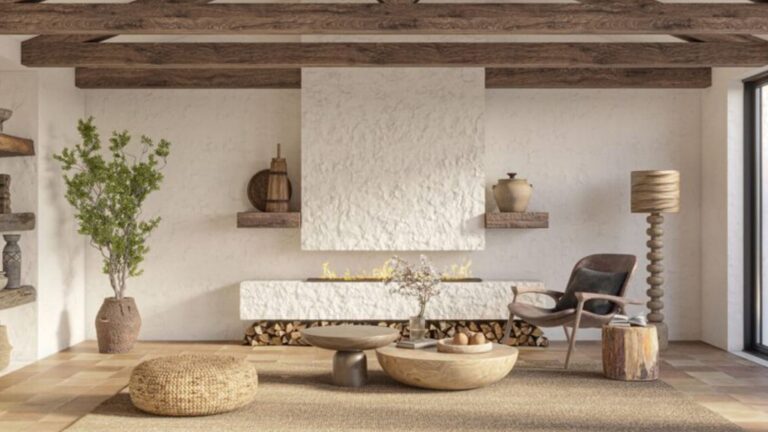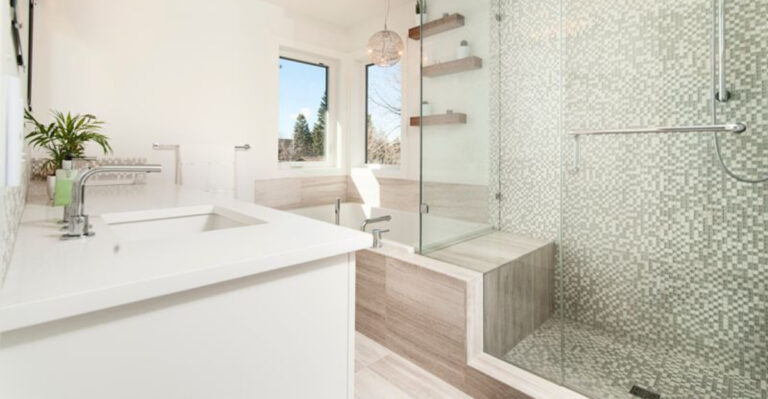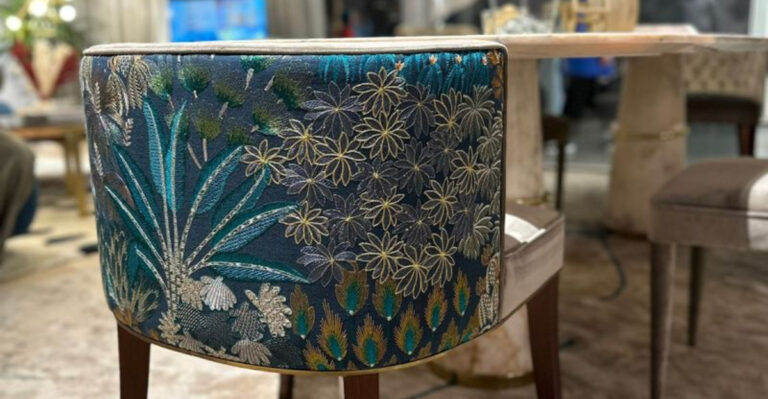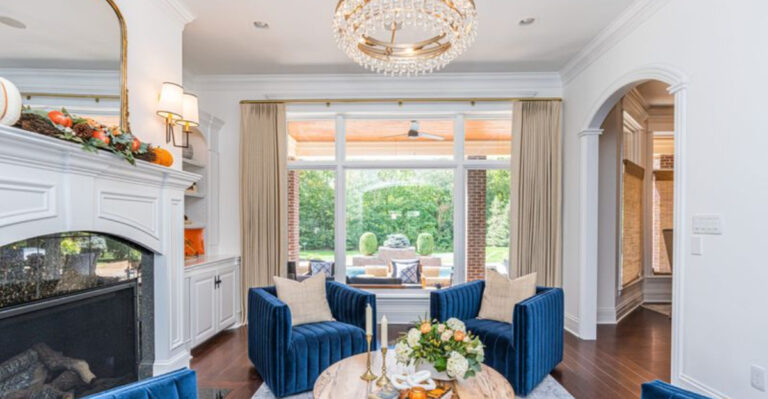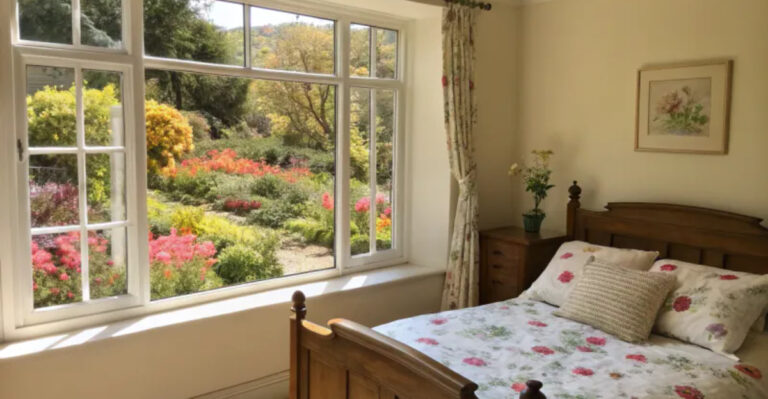Home Flipper With 25 Years Experience Shares 7 Big Renovation Mistakes People Make
Developer and designer Robert Novogratz, who’s spent over 25 years buying, renovating, and selling homes with his wife, Cortney, knows the pitfalls of home renovations firsthand.
In their 2024 book, the Novogratz share lessons learned from projects spanning Los Angeles to Brazil, including designing for big names like Tony Hawk. They emphasize that the best design choices often come when you’re limited by budget or space, pushing you to get creative.
From skipping contractor checks to picking oversized furniture, here are seven common mistakes homeowners make during renovations, according to Novogratz.
1. One Mistake Many Homeowners Make Is Not Hiring The Right Contractor
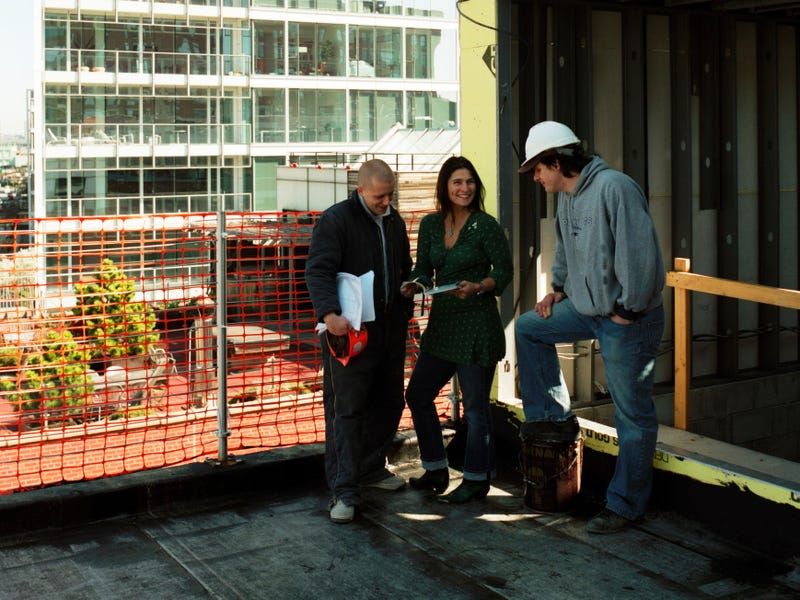
Before you hire a contractor, take the time to dig deep into their background. Robert Novogratz told
Business Insider it’s essential to check at least three references and see their previous work firsthand. Skipping this step can end up costing you thousands in mistakes or unfinished projects.
He also warns that because lawsuits are so common these days, your contractor must be fully insured and should add you to their policy to protect you if anything goes wrong while they’re working on your property.
2. People Often Pick Furniture That’s The Wrong Size, Throwing Off A Room’s Vibe
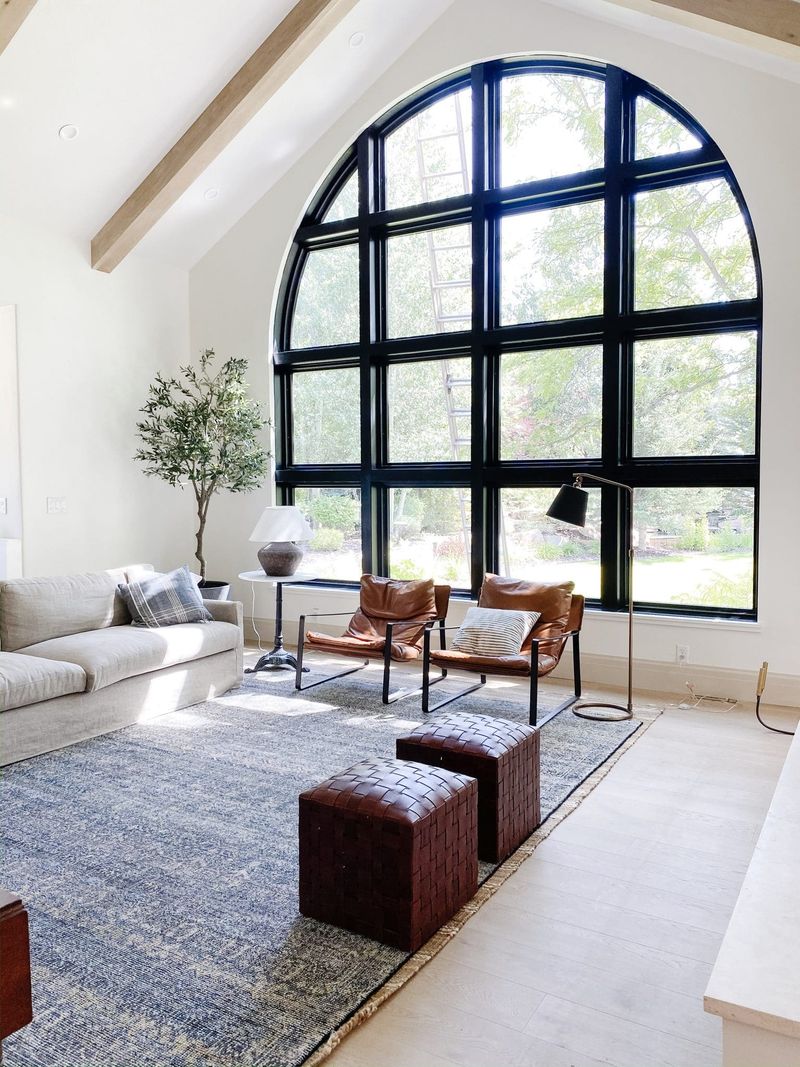
According to Novogratz, nailing the right scale is one of the most important parts of decorating. He points out that tiny furniture can disappear in a large room, leaving the space feeling empty and awkward.
On the flip side, oversized pieces can completely take over, making everything feel cramped and unbalanced.
Rugs follow the same rule, he says, since the wrong size can throw off the entire look. Getting proportions right is key to creating a room that feels comfortable and cohesive.
3. Skipping Budgets Leads To Wasting Money On Extras

Novogratz recommends starting any home renovation by putting together a detailed wish list of everything you’d love to include.
He says it’s important to stick to this plan so you can keep your budget in check and avoid getting sidetracked by unnecessary splurges.
By knowing exactly what you want from the start and staying focused on those priorities, you’ll end up with a home that truly reflects your style without unexpected costs spiraling out of control.
4. Artwork Is Often Hung Too High On Walls, Making Spaces Feel Off-Balance
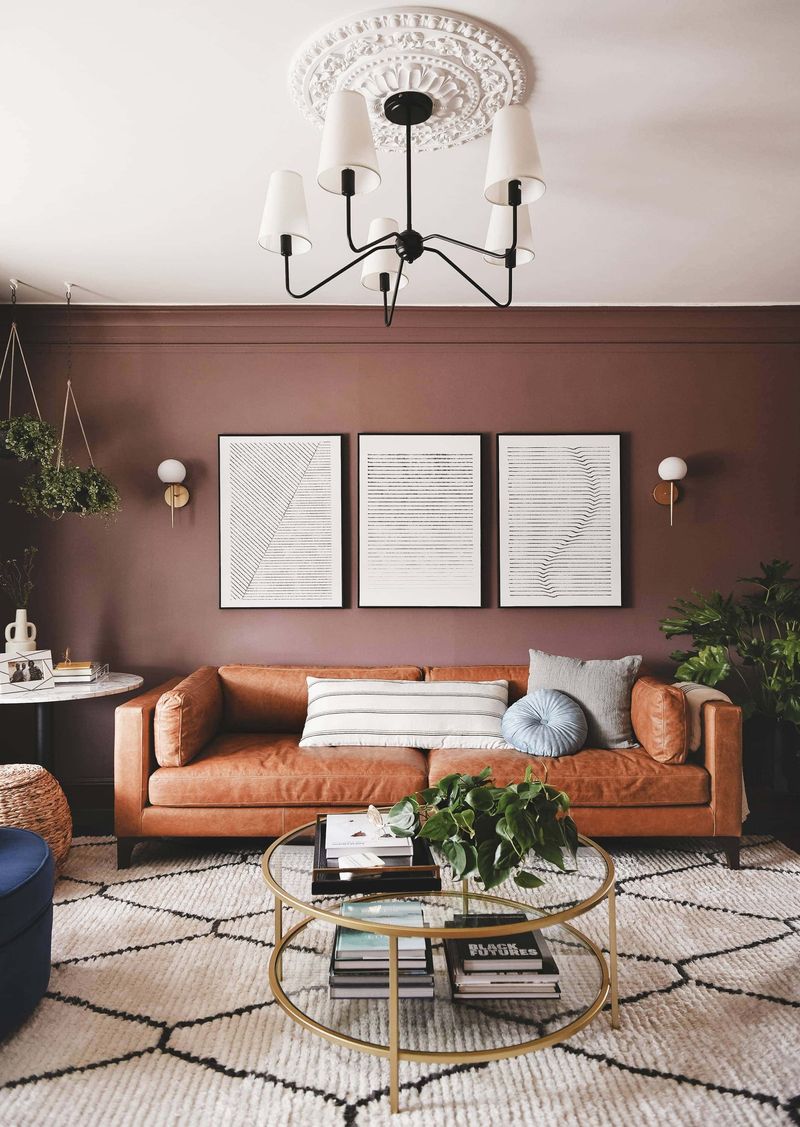
He often notices people hanging their art way too high, which can throw off a room’s vibe. He says the sweet spot is about 60 inches from the center of the piece to the floor, which puts it right at eye level for most people.
This simple trick makes artwork easier to appreciate and helps the space feel more thoughtfully designed. When art is hung at the right height, it instantly brings a sense of balance and harmony to any room.
5. Too Many Colors And Patterns Can Make A Home Feel Chaotic Fast
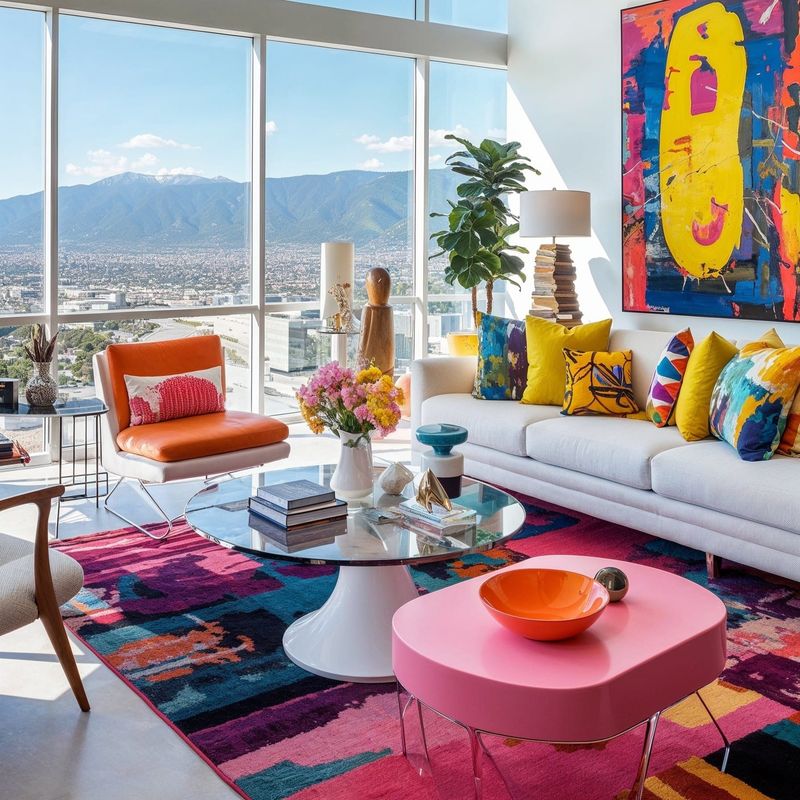
Bold colors and playful patterns can make a home feel vibrant and full of life, but they can also overwhelm a space if they’re not used thoughtfully.
When checks, stripes, and dots clash, a room can quickly feel chaotic instead of cozy. Great design comes down to balance and careful editing, where every element works together seamlessly.
A home should unfold like a well-told story, with each detail connecting beautifully, rather than feeling like a random mix of styles that leaves you feeling unsettled.
6. Ignoring Structural Needs For Looks Can Lead To Major Problems

Everyone loves focusing on making their home look amazing, but during construction, nailing the fundamentals is what really matters.
It’s tempting to gloss over things like the roof, plumbing, or electrical work, but cutting corners on these essentials can lead to headaches down the road.
Instead of settling for a quick fix, aim for lasting quality. Solid, reliable basics lay the groundwork for a home that’s not just beautiful on the surface, but truly safe, comfortable, and built to stand the test of time.
7. Trust Your Gut, It’s Your Secret Weapon

A house can have solid bones yet feel completely off because of an odd layout or awkward floor plan. That’s when it pays to get creative and think outside the box to make the space work.
Trusting your instincts is key here, most of the time, your gut will point you in the right direction. Ignoring that inner voice often leads to decisions you’ll regret later.
Listening to what feels right can turn a tricky layout into a home that truly makes sense and feels just right.


